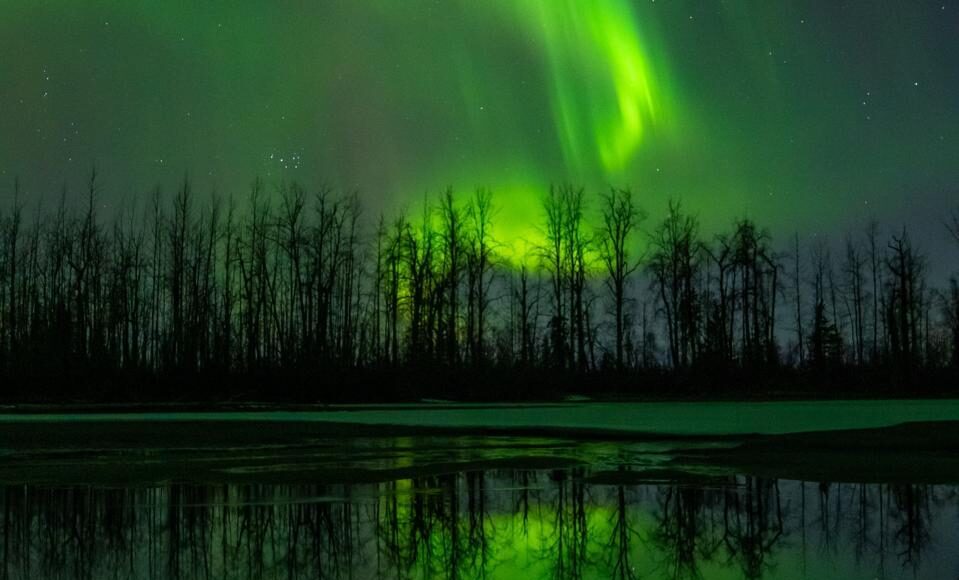A handful of northern states may be able to see aurora borealis Saturday night, according to a forecast from the National Oceanic and Atmospheric Administration, as a minor geomagnetic storm looms.
Saturday night’s northern lights forecast has a projected Kp index of 3, an indicator of the aurora’s strength measured on a scale of 0 to 9, indicating “more auroral activity” that can be “quite pleasing to look at” from the right spot.
NOAA projected a minor geomagnetic storm may occur late Saturday, according to its three-day forecast, a solar event that typically strengthens the visibility of the northern lights.
The lights forecast is expected to strengthen later in the weekend, according to NOAA’s forecast, as Sunday night’s projected view line extends south into several more states.
Much of Alaska and Canada will have the best shot at catching the lights Saturday night, according to NOAA’s forecast. Other states along the “view line,” the southernmost point at which the lights are expected to be visible, include Washington, Idaho, Montana, North Dakota, Minnesota, Wisconsin and Michigan.
NOAA says the lights are most visible when it is dark at night, usually between 10 p.m. and 2 a.m. local time. The agency recommends traveling as far north as possible, avoiding light pollution and finding a high vantage point.
National Geographic recommends using a wide-angle lens and a tripod for stability. For iPhone users, the camera app’s night mode feature can help make the lights stand out. NOAA also recommends framing the lights with natural features like mountains, trees or bodies of water.
The northern lights have been especially active over the past year because the sun is in its “solar maximum,” or the period of its 11-year cycle that sees the greatest solar activity, including flares and geomagnetic storms. But the current solar maximum has surpassed scientists’ expectations, and NASA said the northern lights hit a 500-year peak in 2024. The heightened auroral activity is expected to linger throughout 2025 before declining in the latter part of the decade. Though the lights are generally visible in some of the northernmost U.S. states, the northern lights are occasionally so strong that they can be visible as far south as Florida—like in October, when a strong solar flare caused lights that were visible in much of the country.
Northern Lights Displays Hit A 500-Year Peak In 2024—Here’s Where You Could Catch Aurora Borealis In 2025 (Forbes)








